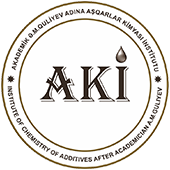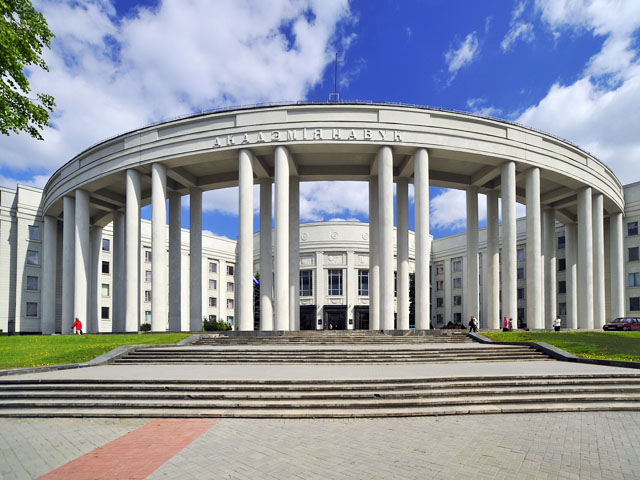Academician Ali Guliyev Institute of Chemistry of Additives of the Ministry of Science and Education of the Republic of Azerbaijan continues international research conducted jointly with the Institute of Biochemistry of Biologically Active Compounds of the National Academy of Sciences of Belarus. According to the executive director of the institute, Professor Afsun Sujayev during the reporting period, the synthesis of highly effective organic reagents by the method of fine organic synthesis was continued, and based on the study of their various functional properties, mechanism of action, as well as the relationship between their structure and effectiveness, the scientific basis for the selection of reagents has been developed: “Thus, the effectiveness of the new heterocyclic thiocyanate compounds we obtained was assessed in the laboratory of Molecular Genetics of the Institute of Biochemistry of Biologically Active Compounds on experimental animal models, computer calculations of the spectrum of biological activity were carried out, and the high effectiveness of these compounds was proven compared to standard drugs.” Research has shown that the compound with the greatest physiological activity that may be useful in drug development is N-[1-(phenylsulfonyl)-2-(propoxycarbonyl)-3-(thiocyanato)-4,6-dimethyl]piperidine. This compound exhibits an antioxidant effect, has a significant effect on the activity of the biological membrane, and in low concentrations stabilizes erythrocyte membranes. An effect of increasing mitochondrial membrane potential is observed, which is likely due to the ability to bind to transport proteins. In addition, a number of properties have been identified that may be promising in virtual prediction of the spectrum of biological activity.
Animal testing of the potential antidiabetic effects of this new compound is ongoing.
One article on the main results of joint cooperation was prepared and sent to a prestigious foreign journal (Bioorganic chemistry, Elsevier – IF-5.1).


